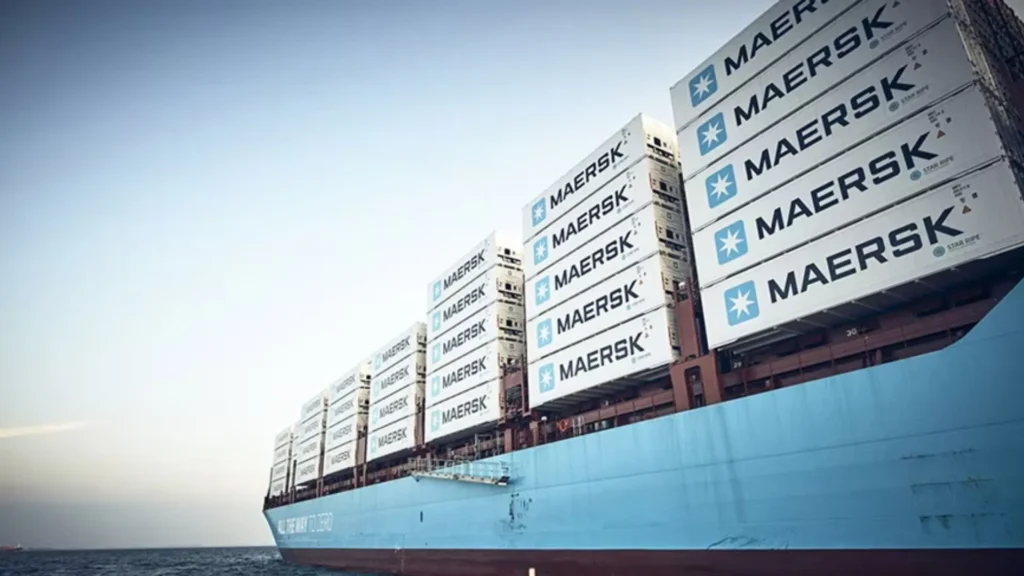
Maersk modernizes fleet with smart shipping and next-generation IoT connectivity
Maersk plans to complete this implementation by the first quarter of 2026, executing the technical upgrades during planned port calls.

Maersk plans to complete this implementation by the first quarter of 2026, executing the technical upgrades during planned port calls.
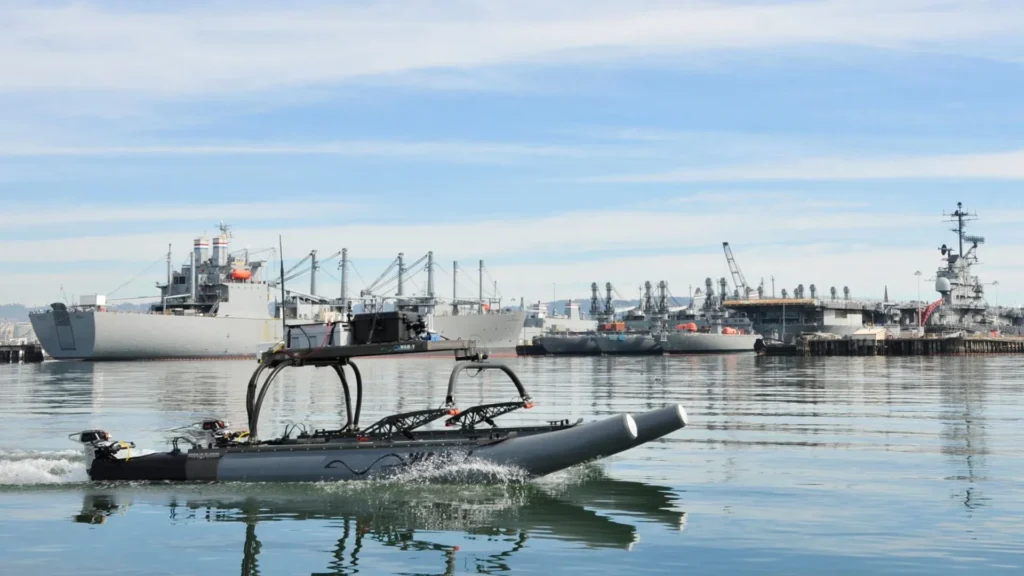
The company has previously demonstrated the effectiveness of its systems in real-world scenarios in North America, Latin America and the Middle East.
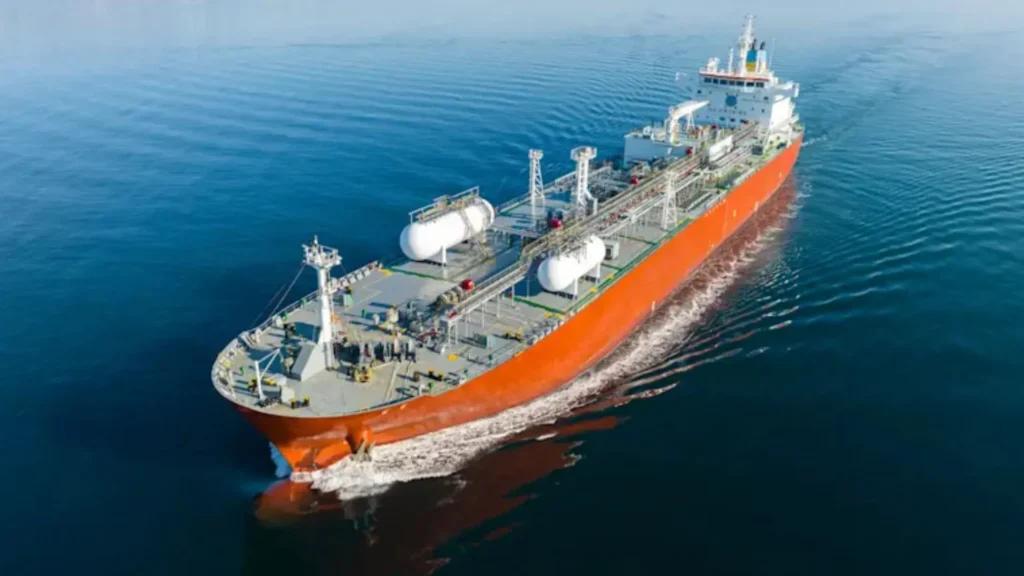
The strategic alliance reduces consumption and emissions across the fleet through predictive modeling and operational analysis.
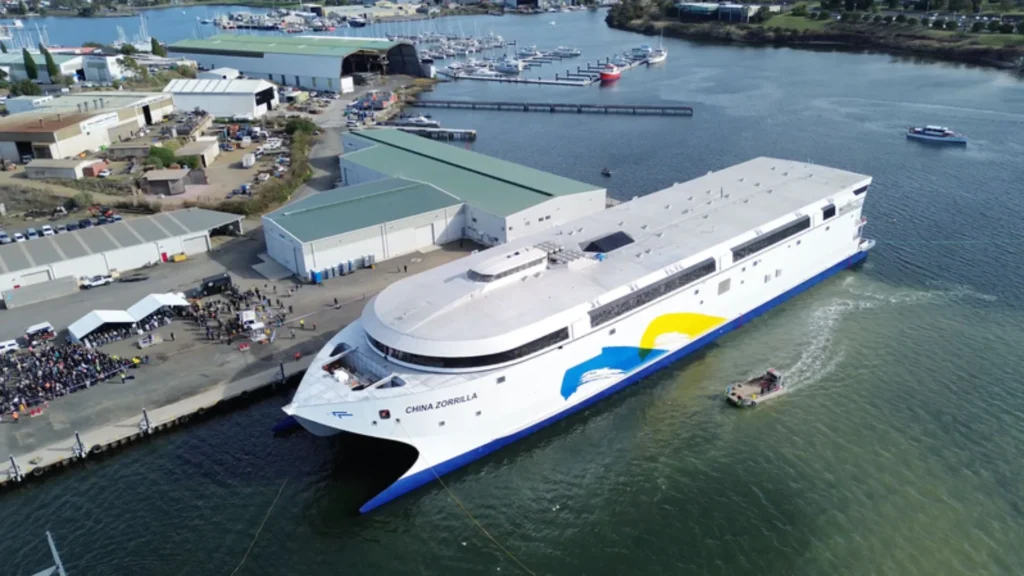
Powered by 275 tons of batteries, the China Zorrilla will connect Argentina and Uruguay without generating polluting emissions.
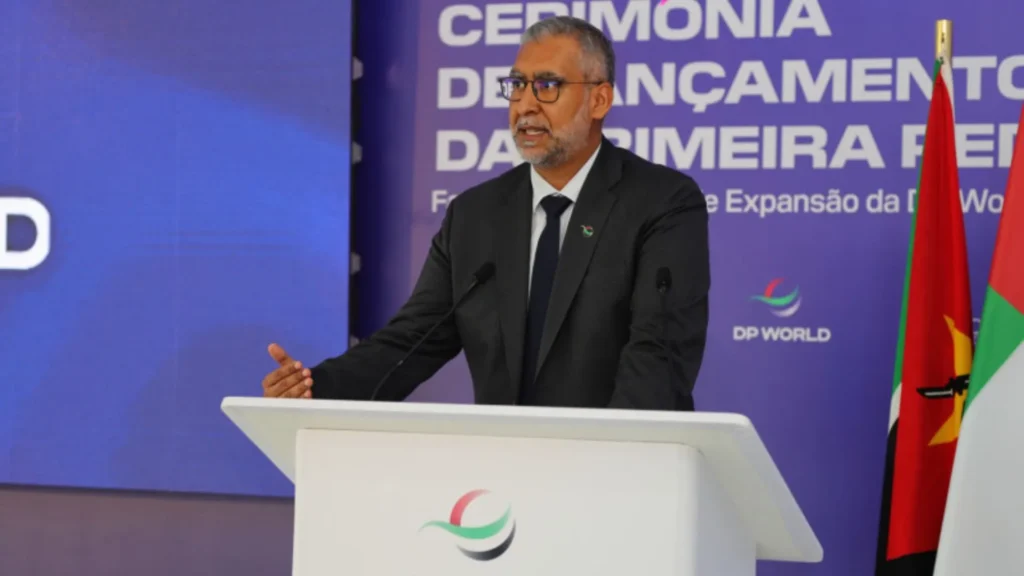
The development of the works will allow the entry of post-Panamax vessels and will double cargo capacity.
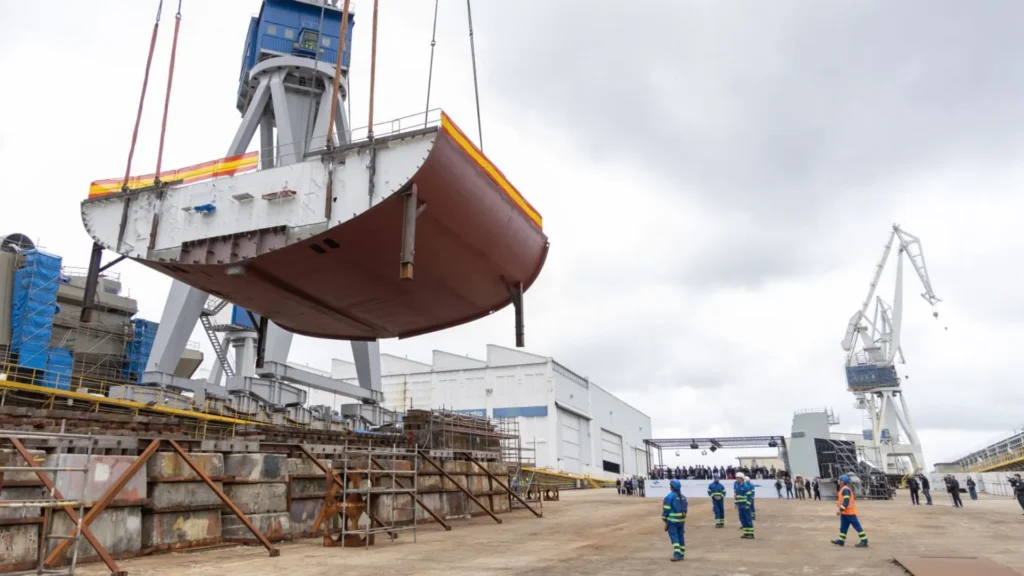
Construction of the F113 frigate began three months ahead of schedule, thanks to the incorporation of robotic welding and digital fabrication processes.
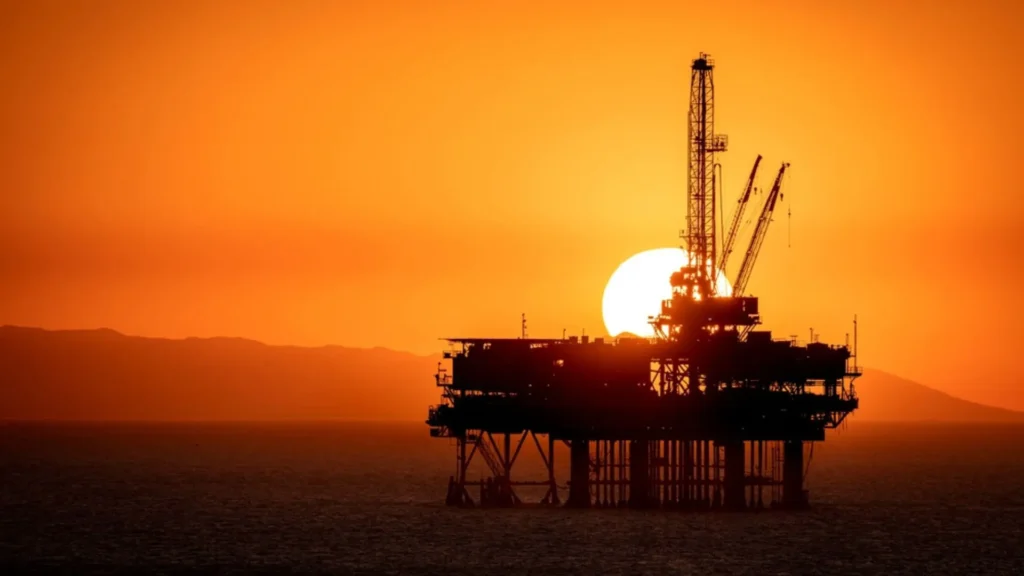
TMC USA starts the process to extract nickel, copper, cobalt and manganese from the seabed under U.S. regulations.
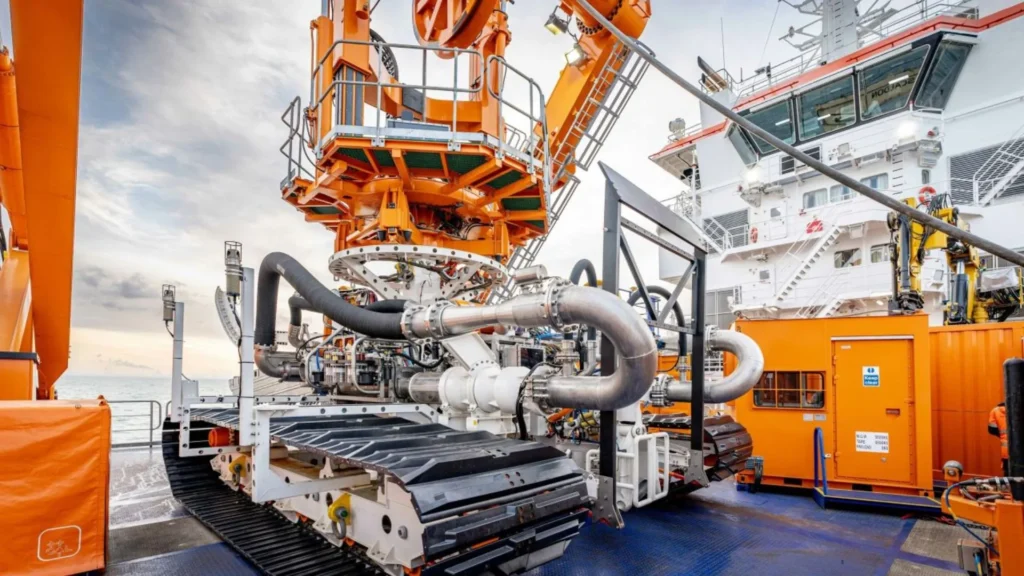
Jet-It reinforces the installation of subsea cables in soft soils using high-pressure jetting with optimized precision.
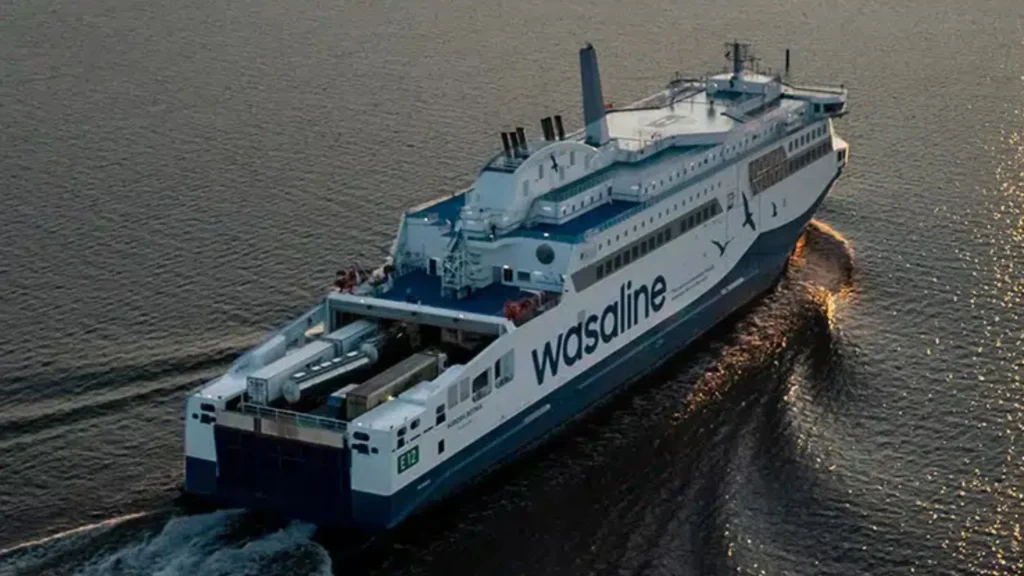
The expansion of the Aurora Botnia ship's battery system plans to reduce additional greenhouse gases by 23%.
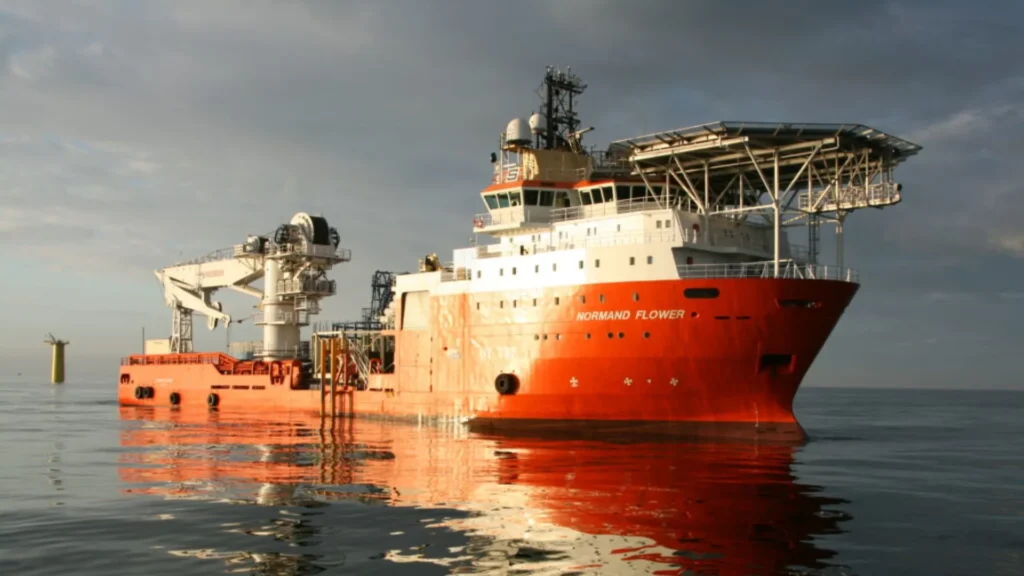
Solstad vessels are recognized for their capability for dynamic positioning operations and floating platform support.
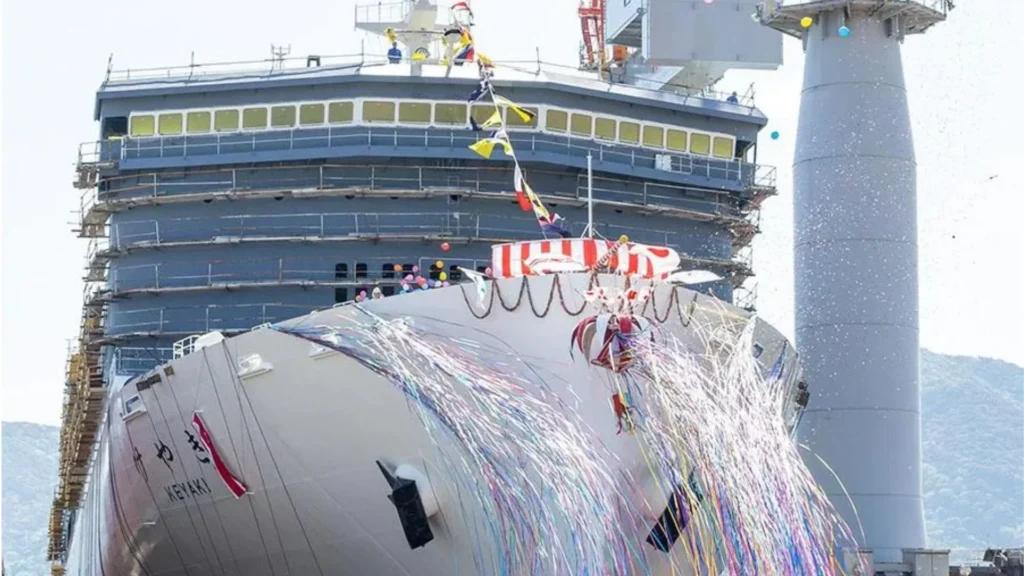
The ferry design is complemented by a stabilization system that integrates an anti-sway tank and stabilizing fins.
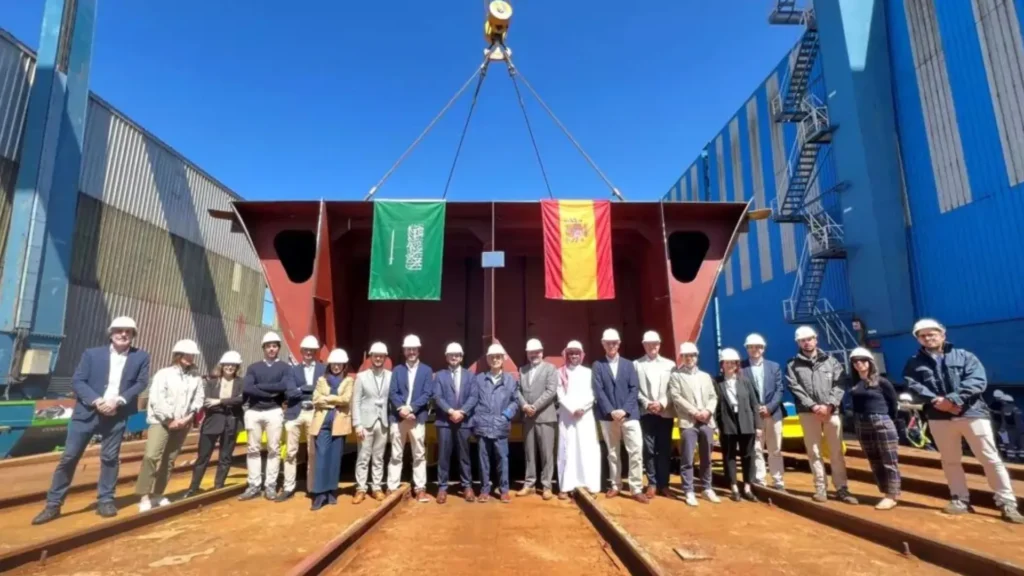
This vessel is intended for future integration of green propulsion systems to minimize its carbon footprint in the Red Sea.